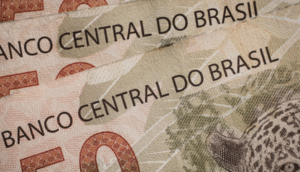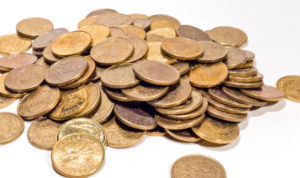$GC_F $SLV $BTC
#gold #sugarprices #commodities #preciousmetals #investmentstrategy #marketanalyst #tradingtips #inflation #cryptomarket #futuresmarket #markettrend #marketinsights
If you’re interested in predicting where gold is headed, Michele Schneider, a prominent market strategist from MarketGauge, suggests looking at an unlikely source: sugar prices. While traditionally, market analysts focus on inflation, government debt, and interest rates to forecast gold’s trajectory, Schneider points out that sugar—yes, the same sweet commodity that impacts your grocery bill—could hold relevant clues to gold’s future swings. The reasoning is that the price of sugar reflects broader trends in consumer health, global supply chains, and inflationary pressures, all of which tie into the price of gold and other commodities. Sugar, positioned as a bellwether for food inflation, could offer a fresh perspective to analyzing gold price movement.
Notably, the correlation between sugar prices and inflation affects gold through its broader connection to purchasing power and the global commodity markets. Rising sugar prices typically occur when agricultural supply chains are disrupted, either by weather changes or geopolitical events. Such disruptions can cause consumer prices to rise sharply, trickling down through the entire food ecosystem, raising food costs and straining pockets, which in turn can pressure central banks to slow down quantitative easing policies. Historically, gold has been viewed as a hedge against inflation and as a store of value during economic instability, which is when commodity prices rally alongside safe-haven assets like gold. Thus, a sudden spike in sugar prices or prolonged inflationary pressure in agricultural sectors could inspire upward movement in the gold market.
Moreover, sugar also serves as a reflection of consumer demand, which is another key driver for gold prices. A prosperous population with strong consumer spending power generally leads to more consumption of luxury goods, some of which are linked to gold. Conversely, weak consumer sentiment or decreased purchasing power triggers demand for safe-haven assets like gold, which in turn drives its price. Current economic trends such as rising interest rates, persistent inflation, and a tight labor market suggest that consumer demand may stay volatile. Therefore, traders watching sugar prices can gain insights into the strength of consumers and inflationary forces that might impact bullish or bearish moves in the gold market.
In conclusion, while it might seem unconventional, monitoring sugar prices offers a powerful lens for understanding broader commodity price movements, inflationary pressures, and even global economic health, which are all interconnected with gold’s performance. Adding sugar to the list of factors influencing your gold trades could help you better navigate the volatile waters of commodity markets. So, next time you’re analyzing gold charts, don’t be surprised if agricultural commodities like sugar enter the discussion as part of the bigger economic picture driving the trends in precious metals.











Comments are closed.